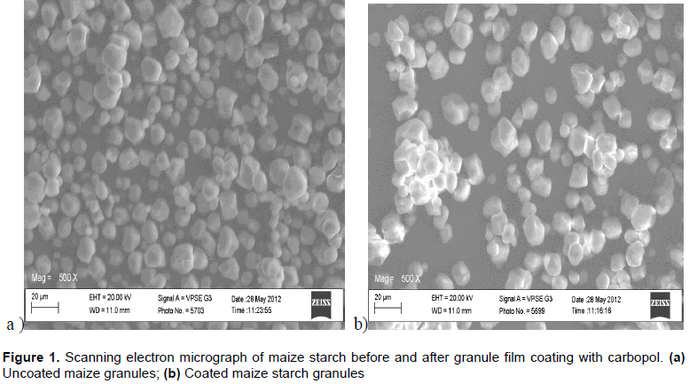- Home
- Blog
- News
- Basics
- Sources
- Agencies, Regulatory & Organisations
- CERSI Excipients Browser
- Excipient Report
- Excipient DMF List
- EXCiPACT Certified Companies
- Excipient Documentation
- Excipient EINECS Numbers
- Excipient E-Numbers
- FDA Inactive Ingredient List
- FDA GRAS Substances (SCOGS) Database
- IPEC Americas
- USP - U.S. Pharmacopeia
- Definitions
- Whitepapers / Publications
- Supplier
- Services
- Media
- Events
- 1st pharmaexcipients Poster Award
- Event Calendar
- Events featured by pharma-excipients
- 4th Annual Formulation & Drug Delivery Congress
- DDF Summit
- ExcipientFest Americas
- ExcipientFest Asia
- Global CompliancePanel
- International Conference and Exhibition on Pharmaceutics & Novel Drug Delivery Systems
- Formulation & Drug Delivery USA Congress
- Laboratory Medicine 2018
- Making Pharmaceuticals Europe
- Making Pharmaceuticals Exhibition
- Pharma Integrates
- PharmaExcipients China @CPhI China
- TTC Technology Training Center
- Jobs
- Online Sourcing
- Contact
16. August 2018
Vaginal drug delivery is a promising route for the treatment and prevention of local and systemic diseases such as genital herpes or AIDS. Suitable excipients must be selected to optimize the residence time of formulations in vaginal mucosa and could be included in the formulation. Many polymers are excellent choices for the development of vaginal drug delivery systems due to their properties of mucoadhesion, biocompatibility and biodegradability. These polymers swell in the aqueous medium of...
09. November 2017
One of the most promising strategies to improve the bioavailability of active pharma- ceutical ingredients is based on the association of the drug with colloidal carriers, for example, polymeric nanoparticles, which are stable in biological environment, protec- tive for encapsulated substances and able to modulate physicochemical characteristics, drug release and biological behaviour.
01. November 2017
A two factor three level factorial design was used to investigate the effects of carbopol and cationic hydrophilic polymerswhich have a common use in buccal drug formulations. Statistical modelswith interaction terms were derived to evaluate influence of carbopol(X1) and chitosan (X2) on tablet disintegration (Y1) and dissolution(Y2), mechanical properties (Y3), swelling (Y4).
25. October 2017
The aim of this study was to enhance the classical adjuvant functionality of maize starch (Mst) by co-processing with small quantities of carbopol 974P (CaPol). A pre-processed maize starch (MpS) was coated with different concentrations of CaPol corresponding to 0.25, 0.5, 0.75 and 1.0 %w/w and spray-dried at controlled conditions to produce the CaPol-coated motifs (MpS-CaPol).
19. January 2017
Abstract The oral delivery of mucoadhesive patches has been shown to enhance the absorption of large molecules such as peptides. We hypothesized that this mechanism could have utility for poorly soluble small molecules by utilizing a mucoadhesive polymer as the matrix for an amorphous solid dispersion. Binary dispersions of itraconazole and carbomer (Carbopol 71G) were prepared utilizing a thermokinetic mixing process (KinetiSol Dispersing) and the physicochemical properties were investigated...
11. October 2016
ABSTRACT Chitosan and Carbopol have been used to form a complex through an electrostatic interaction between the protonated amine (NH3+) group of chitosan and the carboxylate (COO-) group of Carbopol. In situ polyelectrolyte complexes formation based on the physical mixture of chitosan and sodium alginate were found and could be used as an oral controlled release matrix. The aim of this work is the assessment of a possible interaction between the particles of chitosan and Carbopol 974P NF that...
06. June 2016
Background: The drug-excipient compatibility studies were carried out with the possible excipients viz. Tween 80, Carbopol 940, chitosan, sodium alginate, and polycaprolactone (PCL) for their possible use in the formulation of eugenol loaded nanoemulsion gels and nanoparticles. Methods: The eugenol-excipient compatibility studies were carried out by visual observations, differential scanning calorimetry (DSC), infrared spectroscopy (FTIR), and high-performance thin-layer chromatography (HPTLC)....
28. April 2016
The search for excipients to replace microcrystalline cellulose (MCC) in the production of pellets by extrusion-spheronization in cases of drug incompatibility or the lack of pellet matrix disintegration forms the basis of this study. A combination of к-carrageenan as a spheronization aid, chitosan as a diluent, and Carbopol® 974P as a binder in the production of pellets containing no MCC has been investigated using acetaminophen as a model drug. More
15. March 2016
Thiocolchicoside used for the effective treatment of muscle spasm, cramps, musculoskeletal and neuromuscular disorders. It is available in market in the form of capsules and injection. The major problem associated with thiocolchicoside is it's bioavailability which is very low i.e. 25-30% only so in order to minimize drug loss due to first pass metabolism, and overcome problem associated with low bioavailability of drug there is a need to formulate semisolid preparation in the form of gel so we...
08. March 2016
Introduction: Oral sustained release gastro retentive dosage forms offer several advantages for drugs having absorption from the upper gastrointestinal tract to improve the bioavailability of medications which have narrow absorption window. The aim of the study was to develop a floating bioadhesive drug delivery system exhibiting a unique combination of floatation and bioadhesion to prolong the residence in the stomach using atenolol as a model drug. Methods: Prior to compression, polymeric...




